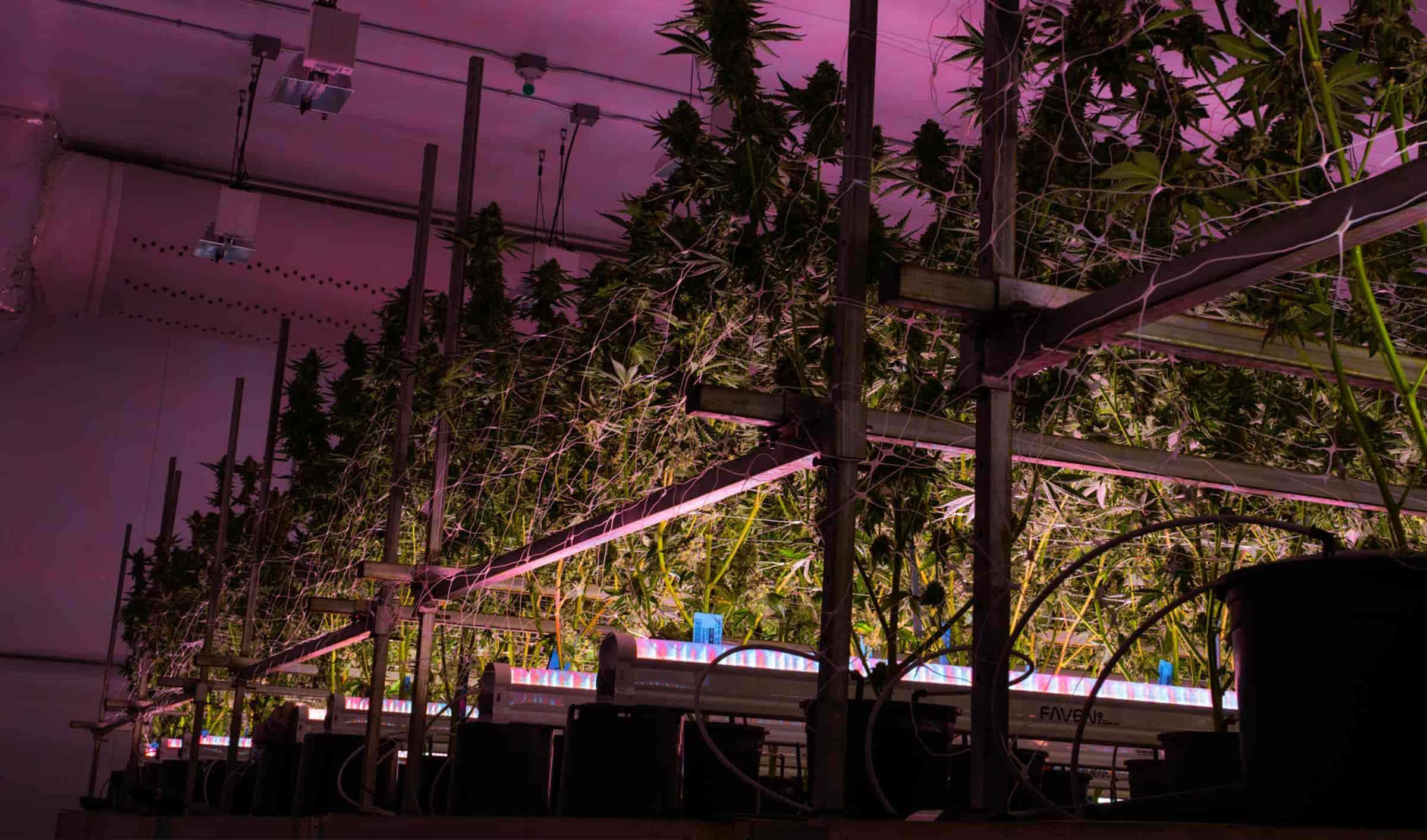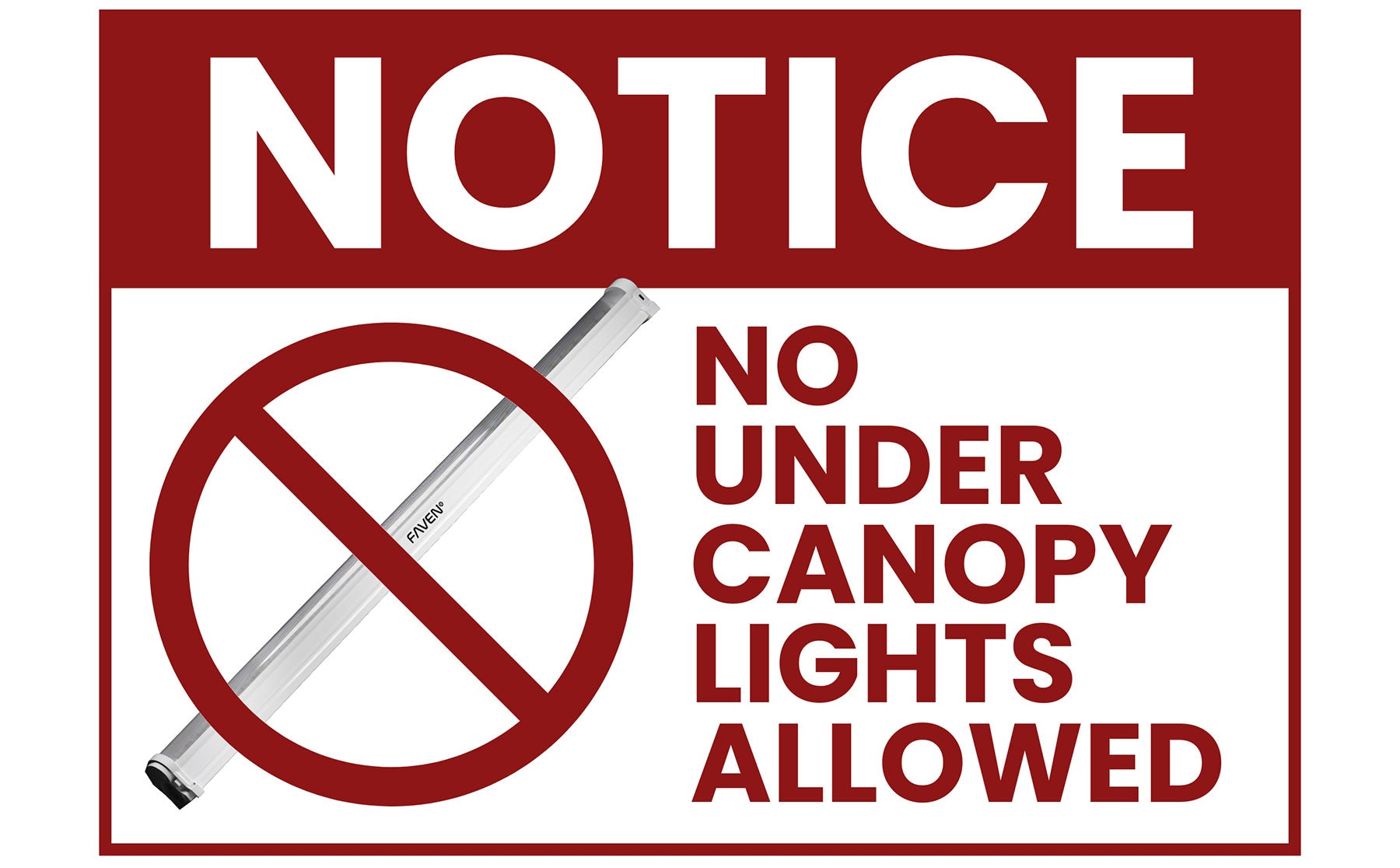If you’ve been looking at indoor grow lights for a while, you’ve probably noticed a bit of talk about the light spectrum it emits. Phrases like “red light” or “full-spectrum white light” come up. Even our own product comes in a 60% or 80% red spectrum, and if you’re not already well-versed in indoor plant lighting, it’s fair to ask why that matters.
Well, plants react differently to different colors on the visible light spectrum.
How Does Each Spectrum Help Your Plants
This will be an oversimplification, because things like environment, genetics, and irrigation are significant variables that can affect plant development in their own ways, but all other things being equal, here’s what most plants are doing with each piece of the light spectrum:
- Infrared Light Effects: Potentially promotes flowering, stem growth, leaf expansion, and proper node spacing.
-
Far Red Light Effect: Mostly promotes shade response on its own, however far red’s botanical effects have only recently been studied in earnest, and usually in terms of red to far red ratios (R:FR). Timed right, it might help with growth efficiency, and boost flowering in early stages. Greenhouse has an article on R:FR effects on shade avoidance, flowering control, and seed germination
, and there was an Oxford study on FR effects on tomato plants that suggests FR in low light-intensity can increase whole-plant photosynthesis. - Red Light Effect: Encourages fruiting and flowering. Best used in high doses after the plant has grown into a flowering stage
- Yellow Light Effect: Can affect stem length and overall plant shape, as well as seed germination and flowering, but it’s essentially a weaker version of blue and red light effects (the same goes for orange light).
- Green Light Effect: Plants reflect more green than they absorb (that’s why most plants look green), but this can trigger some shade responses in plants, such as stem elongation and suppressed bud growth. This is good in the wild but rarely ideal in a greenhouse.
- Blue Light Effect: This effect controls leaf size, plant structure, and chlorophyll production. It is especially helpful in high doses at the early stage, helping the plant establish a strong root structure and grow longer, stronger stems and leaves.
-
Ultraviolet Light Effect: Induces plant stress responses and defense mechanisms that can include changes to leaf shape, like folding, to reduce light exposure. Depending on the type of UV light, it can also promote or inhibit various plant-microbe interactions with various outcomes, including increased terpene production. It’s a little too much to get into for our purposes in this blog (UV isn’t much of a factor with indoor grows), but you can read more about it in this article published by Frontiers.
So, What Spectrums Fit Your Style?
The short answer is red and blue light, but the amount of each you need will depend on your setup.
Most large-scale indoor growing facilities tend to use one of two kinds of top lights:
- Full spectrum LED or “white light”
- HPS lights with heavy red, orange, and yellow wavelengths.
Full-spectrum LEDs are great for indoor cultivation. They mimic the spectrum plants receive from the midday sun, and it’s the preferred spectrum to utilize most of the plant's life. Towards the middle to end of the flowering stage, you will want to utilize a heavier red spectrum to promote flower growth, similar to that of an HPS fixture. The spectrum emitted by HPS bulbs is great for flowering and ripening, but these lights are incredibly inefficient compared to LED fixtures.
The HPS lights that lean more toward the red spectrum are fine too. That’s the kind of light you want for flowering, but it lacks a bit of “power” so to speak, so you want to help those along with a blue-heavy lighting set up.
Your plants will grow faster, healthier, and become more potent if you supplement that with the right amount of blue or red light at the right stages:
- Blue at early stages when you want the plant to grow strong and fast
- Red when you want to promote flowering and budding.
But remember it should never be just one or the other. It’s a matter of ratios: Blue with a bit of red at the start before transitioning into red with a little bit of blue. Otherwise you risk overstressing the plants. That’s why we usually recommend slowly scaling up the intensity of your lights as the plants mature.
Think Seasonally
Essentially, what you want to do for most plants is create perfect seasonal conditions, keeping in mind what parts of the day correspond to which side of the light spectrum:
- Full daylight means a lot of white light
- Sunrise and sunset mean red light
First you want to replicate long warm days of spring and summer, which means a lot of blue and full white light for a large chunk of the day. But as the plants grow and get closer to adulthood, you want to shift into autumn. Fewer hours with blue light, and more with sunset-like red light.
The particulars of your grow layout and irrigation all have their own effects on stemming, flowering, budding, and root structure, so it’s important to make sure you have those aspects under control before you put too much weight on any one light factor. But if you’re trying to figure out the best lighting schedule, it helps to know what your plants are doing with each part of the spectrum.

Where Does Under Canopy Lighting Come In
Light doesn’t come from just one direction in nature. Which is good, because as plants grow, their canopy gets thicker, so less light makes it to lower branches and leaves from higher angles.
Overhead Lights Are Limited to the Top of the Canopy
In an indoor grow situation, overhead lights only provide a noonday sun kind of light, but all plants have evolved around some kind of sunrise and sunset cycle within a twenty-four hour period, which means they’re meant to get light from the sides as well as the top.
Overhead lighting doesn’t utilize everything a plant has to grow from its environment. There’s a whole bunch of layers underneath the plant canopy that are only getting partial light or none at all.
So if you’re looking at playing with the light spectrum to coax your plants the way you want them to go, don’t forget there’s a whole other side of lighting.




Leave a comment
This site is protected by hCaptcha and the hCaptcha Privacy Policy and Terms of Service apply.